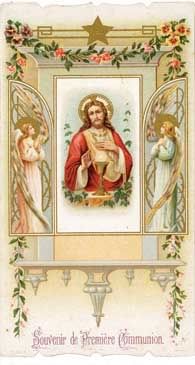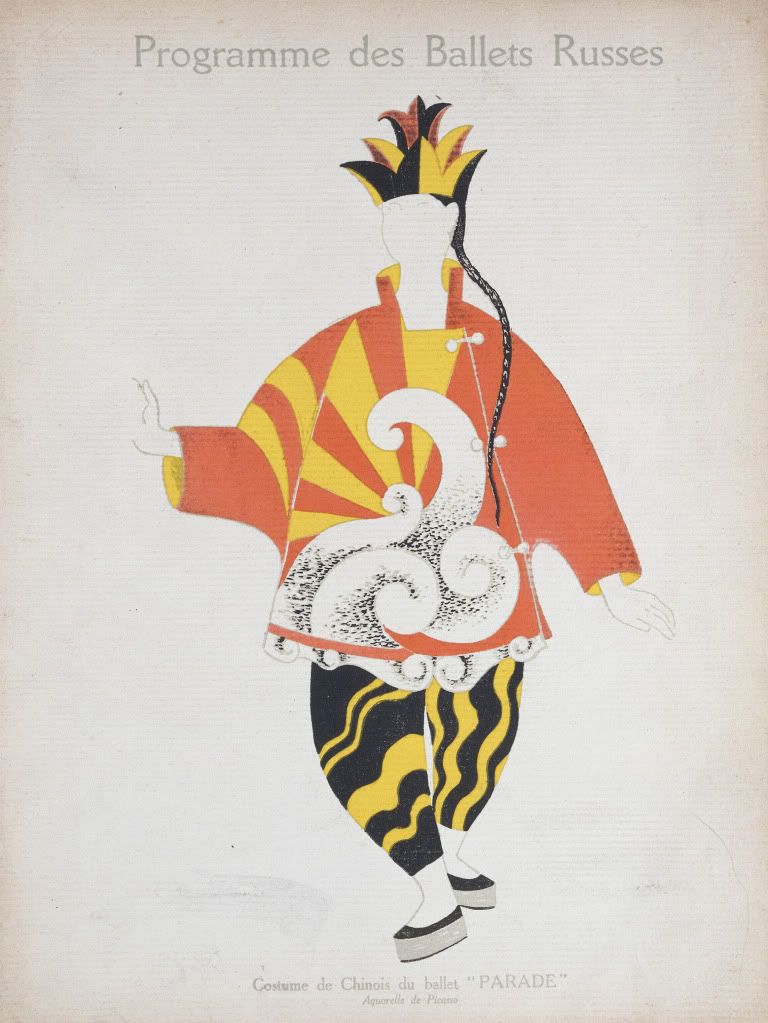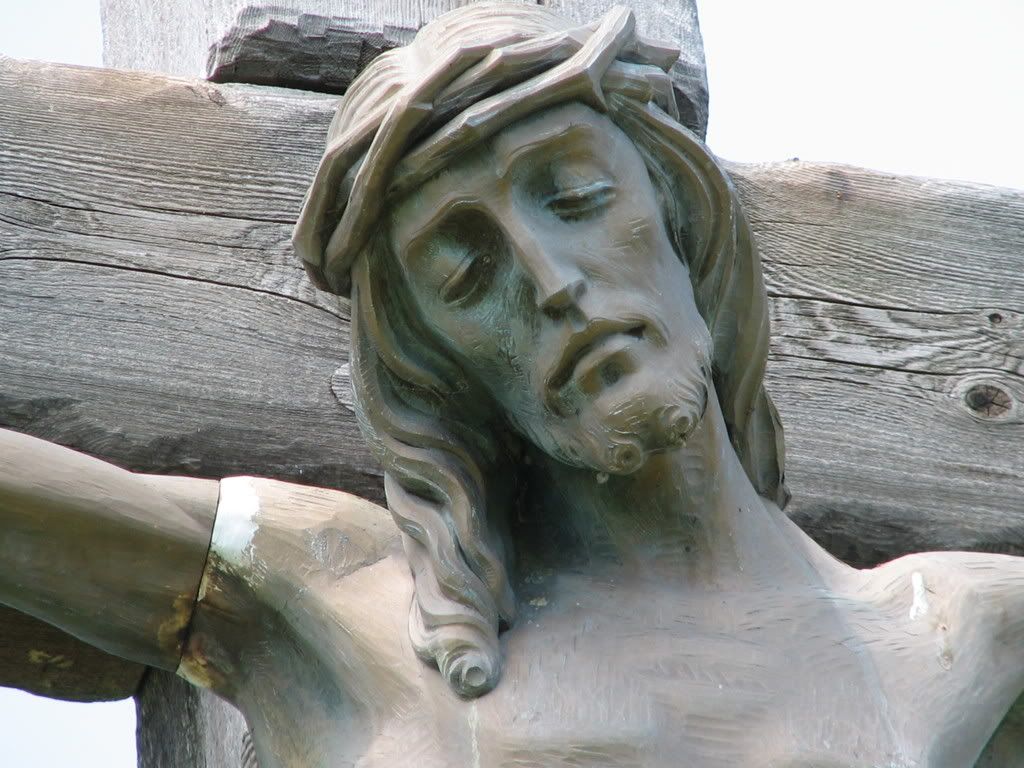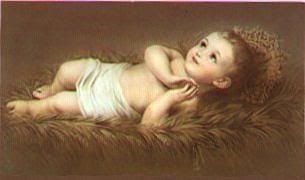Between 1917 and 1962, Pablo Picasso was involved in creating the designs for nine ballets for the Ballets Russes, including Parade, Pulcinella and L’Après-midi d’un Faune, in collaboration with such artists as Jean Cocteau, Erik Satie, Igor Stravinsky, Claude Debussy, Léonide Massine and Vaslav Nijinsky. Le Tricorne dates from 1919.
Picasso, a native of Andalusia, created the sets and costumes for the very Spanish ballet, Le Tricorne (The Three-Cornered Hat). It is a warm and humourous story of a miller’s wife, her jealous husband and a senile magistrate by whom she is pursued.

Le Tricorne (The Three-cornered Hat)
Ballet in One Act
Original producer: Les Ballets Russes de Serge Diaghilev
Costume design: Pablo Picasso
Scenery design: Pablo Picasso
Music: Manuel de Falla
Choreography: Léonide Massine
Libretto: Gregorio Martínez Sierra, after a novella by Pedro Alarcón
Main characters: The Miller, the Miller’s Wife, the Corregidor (Chief Magistrate), the Corregidor’s Wife, the Dandy, Alguacile (Deputy)
This ballet is a love story set in the eighteenth century in a small Spanish village, where a miller and his wife, although very much in love, flirt with passers-by in order to test each other’s affection.
One of these passers-by is the Corregidor, governor of the province, who is travelling with his entourage. Attracted by the miller’s wife, he begins to court her. Although she initially leads him on, once her husband returns, she makes fun of him as being old and ridiculous. The angry Corregidor leaves, promising revenge on the couple for this humiliation.
He returns with his officers, who arrest the miller. After they have left, the Corregidor attempts to grab the miller’s wife, who runs away. Although he chases after her, she eludes him, trips him into a stream and runs off, frightened.
Drenched, the Corregidor enters the mill, undresses and hangs his clothes out to dry before retiring to the miller’s bed for a nap. The miller returns and, seeing the Corregidor’s clothes, steals them, replacing them with his own and a note. The Corregidor is forced to leave in the miller’s clothes to the taunts of the villagers.




















No comments:
Post a Comment